120 days of isolation on the space station – the amazing reaction of the crew
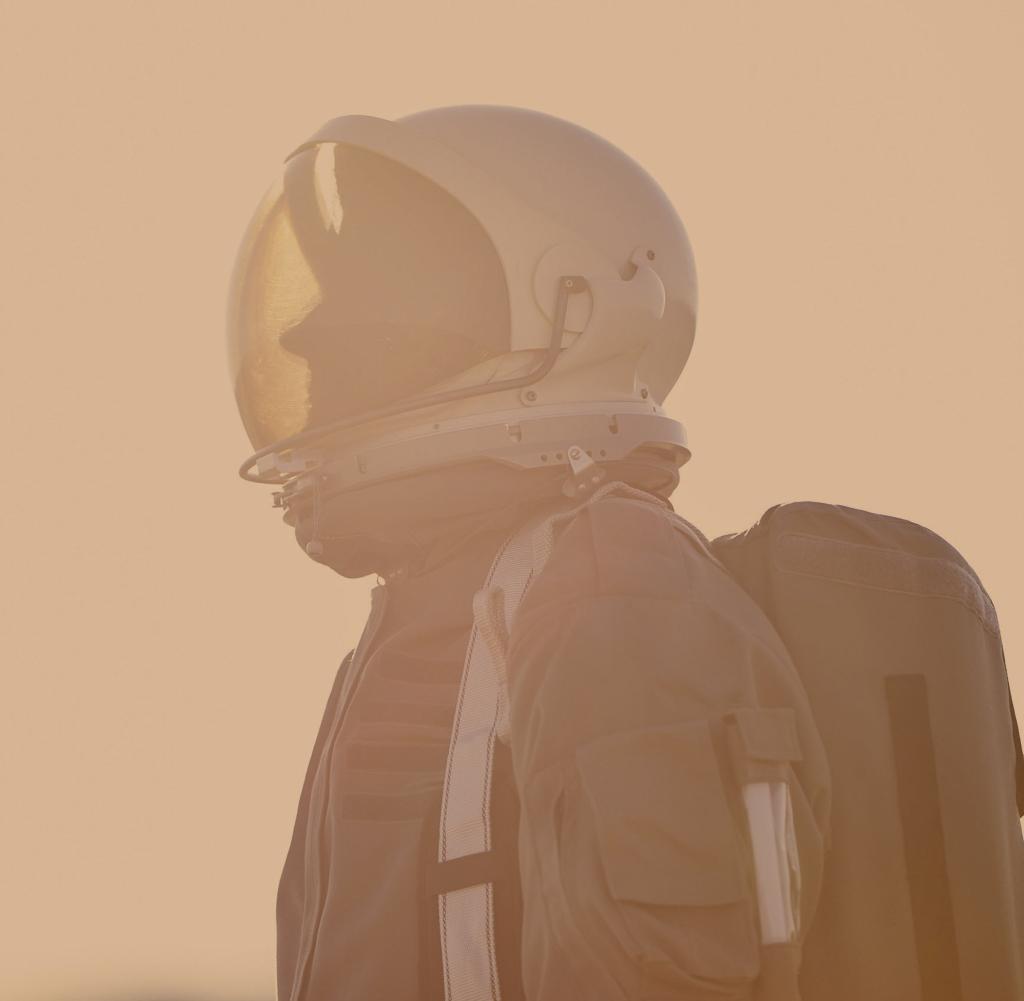
Alien colonies: will humans settle on Mars in the future?
Source: Getty Images / Nisian Hughes
Welcome aboard the next stop: Mars! According to NASA, the first astronauts could reach our red neighbor by the end of this century. But are we humans ready to live apart from Earth? Space simulation provides information.
360 million km. This is how far Mars is currently from Earth. Even if the two planets come closest in their orbits, the distance is enormous. And then, there are a total of 55 million kilometers between them. So it’s hard to believe that early humans would make the long journey and land on the Red Planet while we’re still alive. Even more unimaginable: that people could form colonies on our neighboring planet in the future.
Scientists from Russian Institute of Biomedical Problems Preparation (IBMP). As part of the “Sirius” project, they’re looking at how isolation affects spirit Astronauts. The researchers conducted an experiment: Between 2017 and 2019, two crews of six people each were isolated in a replica of a space station for 17 days and 120 days each.
The Red Planet is the focus of many space missions in the next few years
Quelle: Getty Images / Science Photo Libra / MARK GARLICK / Science Photo Library
The research team has the results now in the specialized journal Frontiers in Physiology chest. A particularly noticeable trend is: cosmonauts are becoming more and more independent during solitude – and are detaching themselves from the command center on “Earth”. cause for concern? Is there a risk of rebellion against the leadership of the mission?
Simulations were conducted in a training area in Moscow
Instead of a trip to Mars, the moon mission was imitated in both cases: first the launch of the rocket, then the flight and landing on the space object. “When they got there”, the crew locked themselves in a kind of lunar space station with minimal supplies.
The Moon is also very far away – a whopping 384,000 km away
Quelle: Getty Images / Image Source / Henglein and Steets
While isolated, the test subjects also had to perform tasks similar to those of a real space mission. They must drive a spacecraft on the lunar surface, conduct research, and perform maintenance. Participants followed these activities. But the more time passes, the less they communicate with the mission leadership:
Crews on simulated missions tend to have less contact with mission management while in isolation and share their needs and problems less and less.
How is the drop in connectivity explained?
The research team assesses this development in part as positive, as it suggests that the crew adapted to living conditions in space and in isolation. Rather than relying on instructions from the ground, the crew learned to work together independently. Only at important stages of the mission, such as a “landing” on the moon, that were simulated in the middle of the experiment, did the researchers record an increase in contact between the crew and the mission manager.
But the independence of the alien colony can also become an obstacle. Co-author Dmitriy Shved gave the American mediator “cnetto consider:
The Chief of Mission can no longer understand the needs and problems of the crew, which in turn affects the Chief of Mission’s ability to provide assistance.
Shved estimates the risk of an eruption fairly low: “While Martian colonies will still depend on supplies and people from Earth, the likelihood of a diplomatic severance appears rather low.”
This is not the first time that scientists have simulated a planetary flight
Ten years ago, the IBMP conducted a study on isolation with the European Space Agency ESA: the Mars mission 500. A crew of six from France, Italy, Russia and China was supposed to live in a replica of the spaceship for 520 days, simulating a trip to Mars and landing on the Red Planet.
Researchers want to know how best to deal with the isolation of astronauts
Source: Getty Images / Nisian Hughes
Until then, IBPM and who – which Encapsulation of the crew from the mission line. The experience was criticized, among other things, because the crew consisted exclusively of men. To verify the results, the scientists of the “Sirius” project put together a team of men and women.
The next spaceflight simulation is in full swing: On November 4, 2021, an eight-month isolation experiment began under the command of Sirius. Let’s see what new science discovers.
Speaking of extraterrestrial colonies – what about extraterrestrial life? The US space agency is preparing for the first discoveries:

“Total coffee aficionado. Travel buff. Music ninja. Bacon nerd. Beeraholic.”





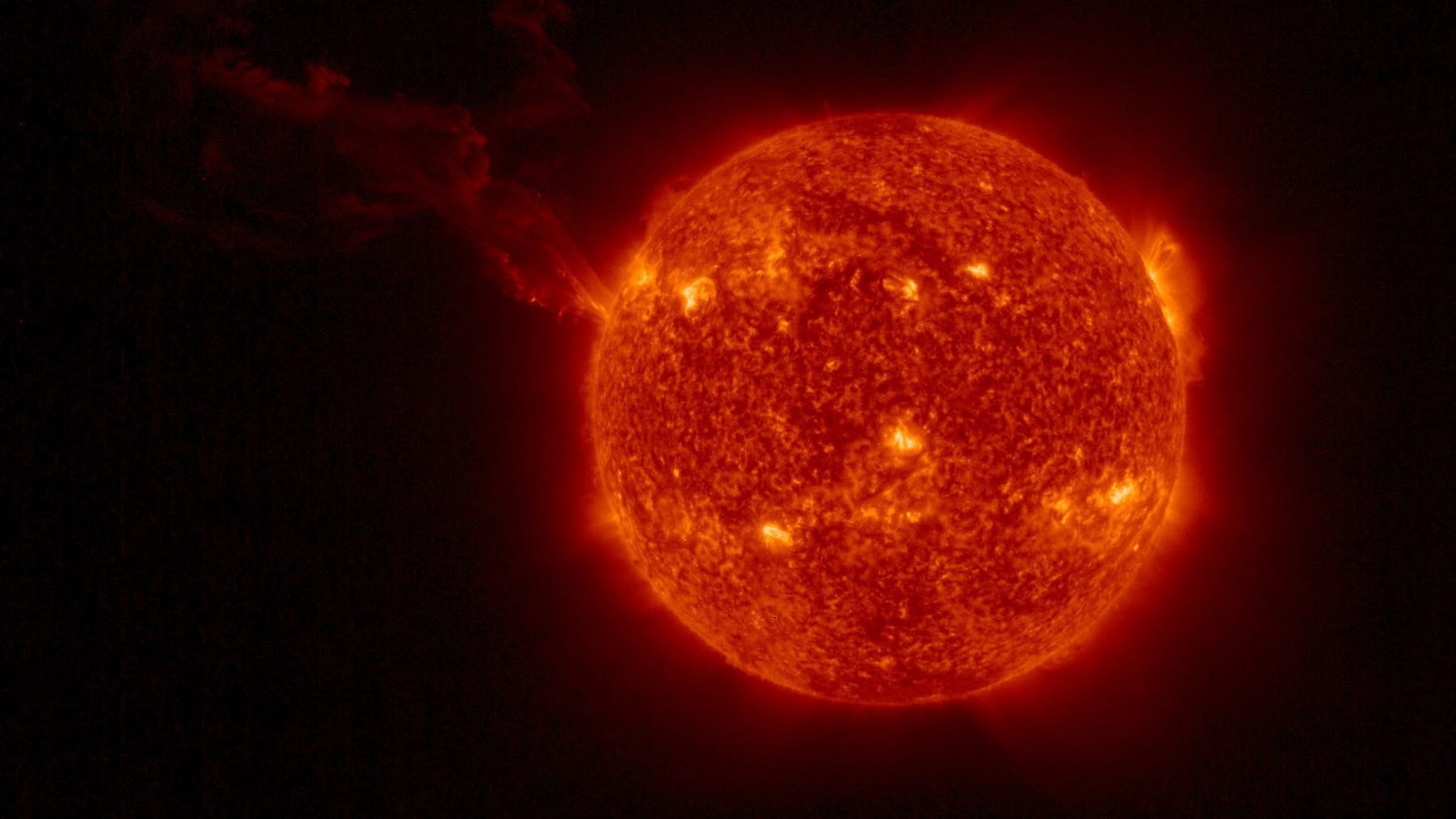
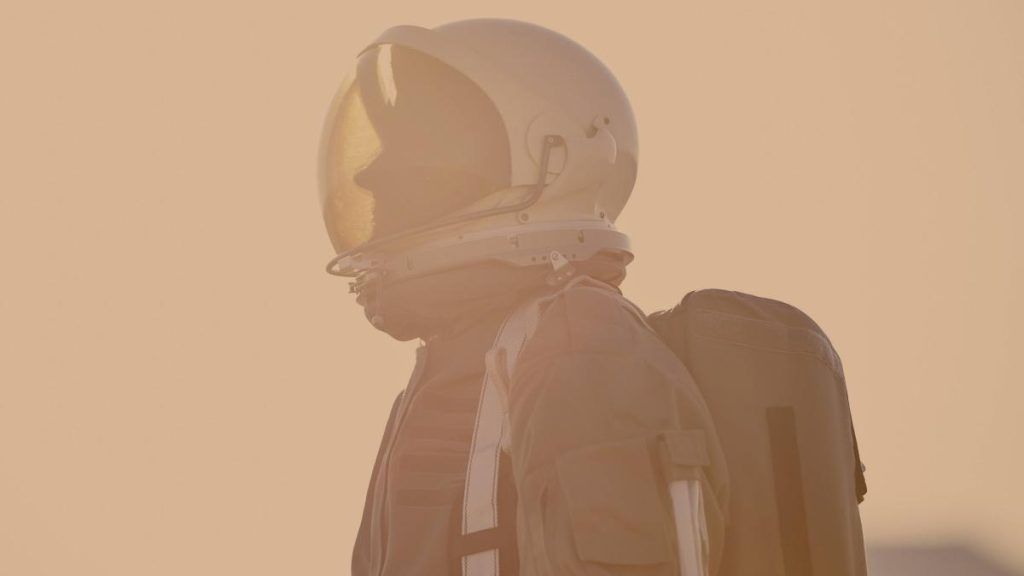
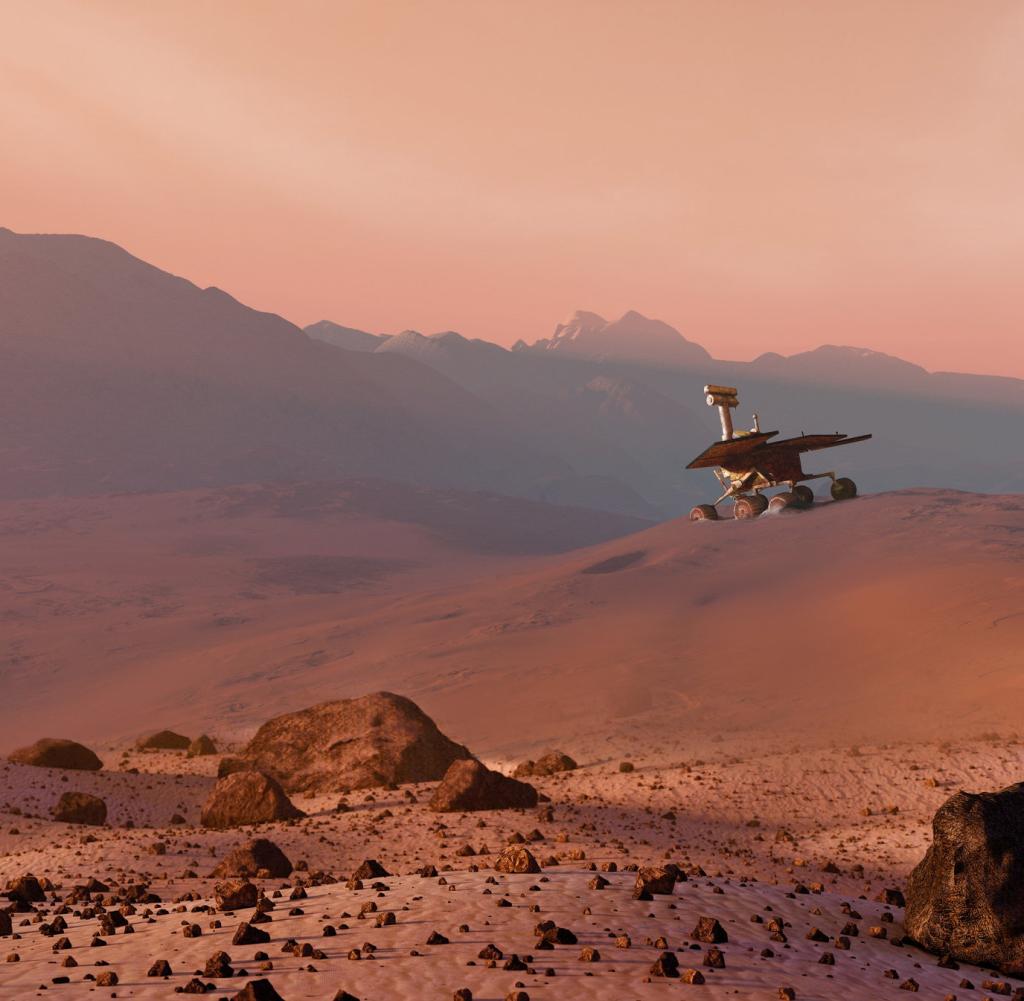

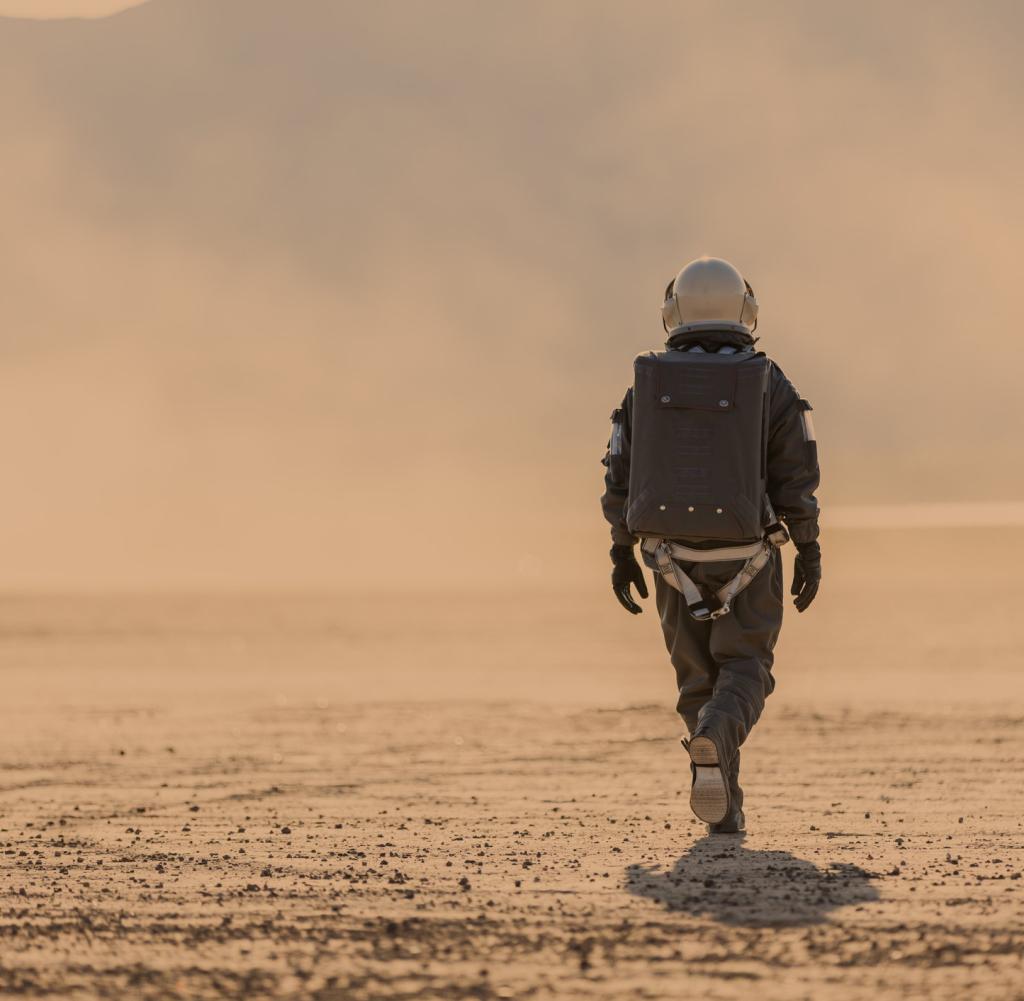

More Stories
Comparing the size of the sun and the earth
Gaia BH3: A supermassive black hole lurking near Earth
Why will the return trip to the Moon take longer than expected?